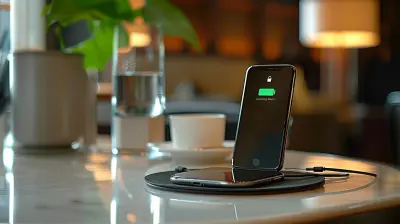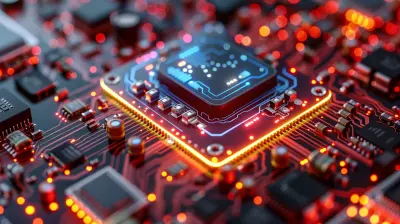Exploring the Latest EV Battery Innovations
10 October 2025
Electric vehicles (EVs) have taken over the fast lane of automotive innovation, and at the heart of this revolution lies the humble battery. Yep, that big, blocky powerhouse tucked under the floorboards is where all the magic happens. If you've ever wondered why EVs keep getting better, faster, and more efficient, you're in the right place. We're diving deep into the latest EV battery innovations that are charging up the future—pun absolutely intended.
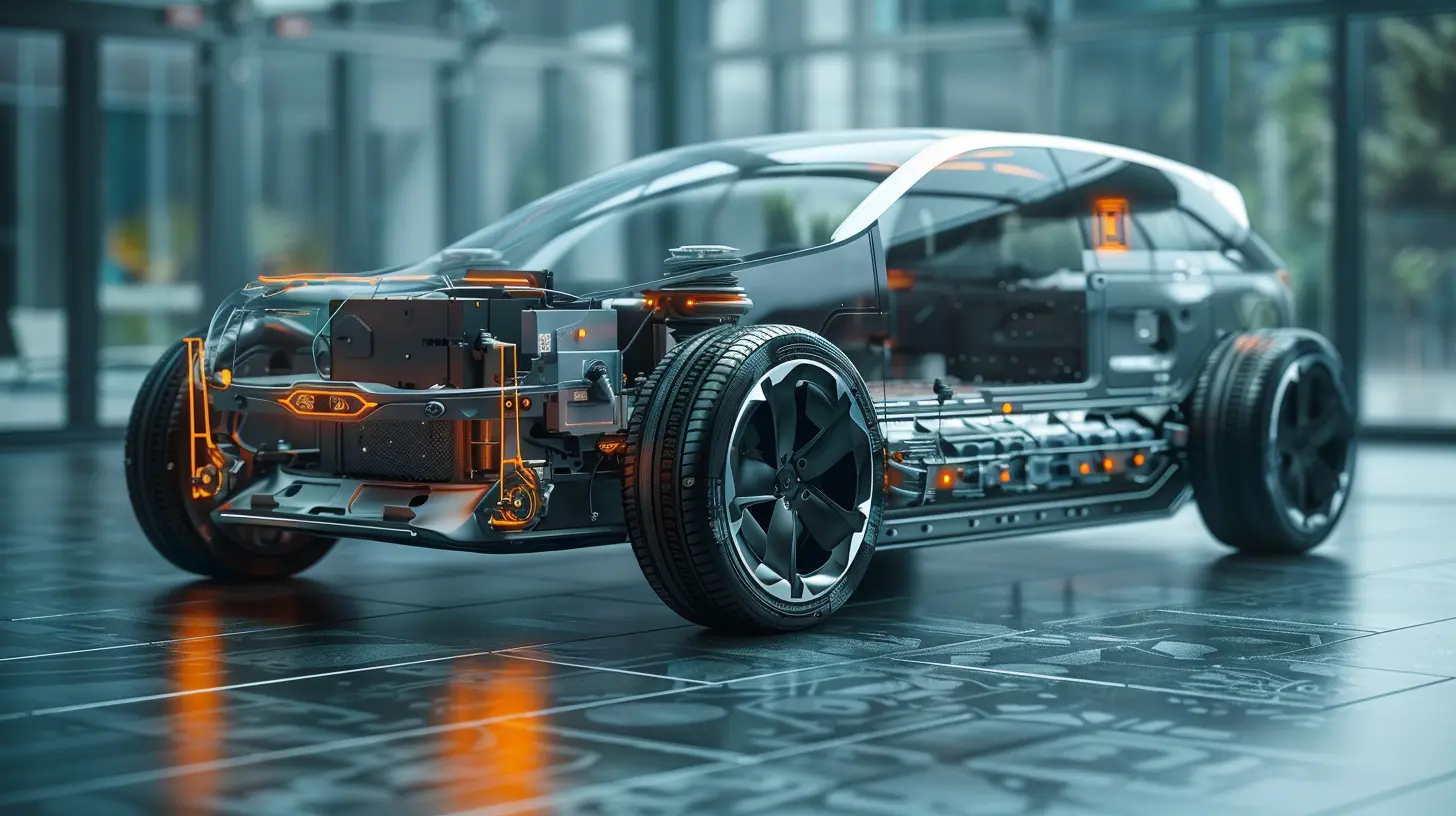
The Drive Behind Better EV Batteries
Let’s be honest—we all want an EV that charges in minutes, lasts for hundreds of miles, and doesn't break the bank. Battery technology is the gatekeeper to that dream. Every major automaker and tech startup is racing to tweak, overhaul, and reinvent the lithium-ion battery (and beyond!).But why is everyone obsessing over EV batteries?
Because they're the make-or-break component in electric transport. Think of the battery as the soul of the EV. It powers not just the wheels but also the entire driving experience. A better battery means more range, less weight, faster charging, and yes—more sustainability.
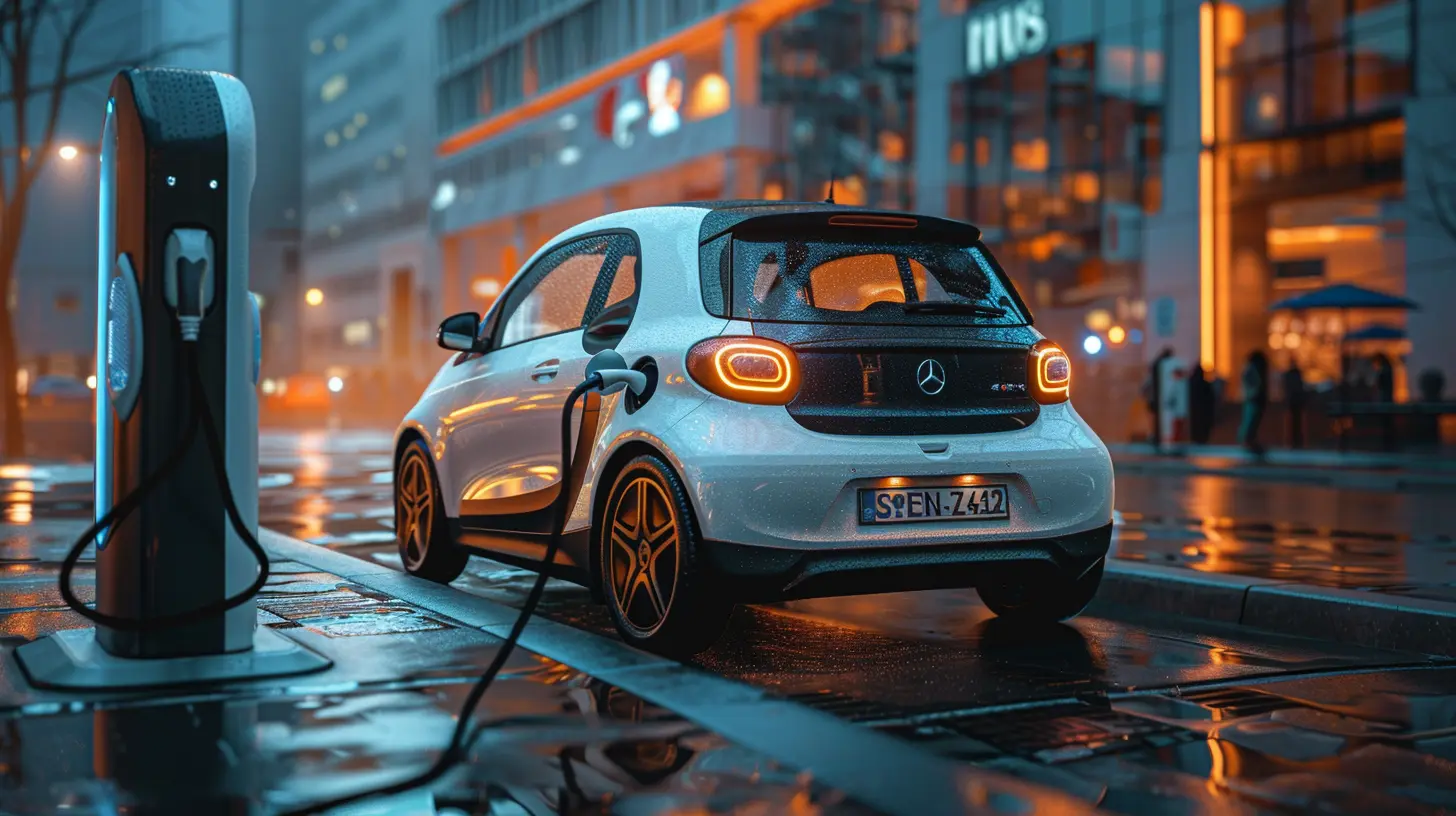
Lithium-Ion Batteries: Still the MVP, But for How Long?
Most EVs today still rely on lithium-ion batteries. They've come a long way since the days of powering your old-school laptop. These batteries are now more energy-dense, safer, and cheaper than ever before—but they’re not perfect.Here’s the deal:
- They still take time to charge.
- They degrade over time.
- They rely on rare materials like cobalt and nickel.
So while lithium-ion isn’t going anywhere just yet, the tech world is busy cooking up alternatives and enhancements that could either replace or reinvent this battery standard.
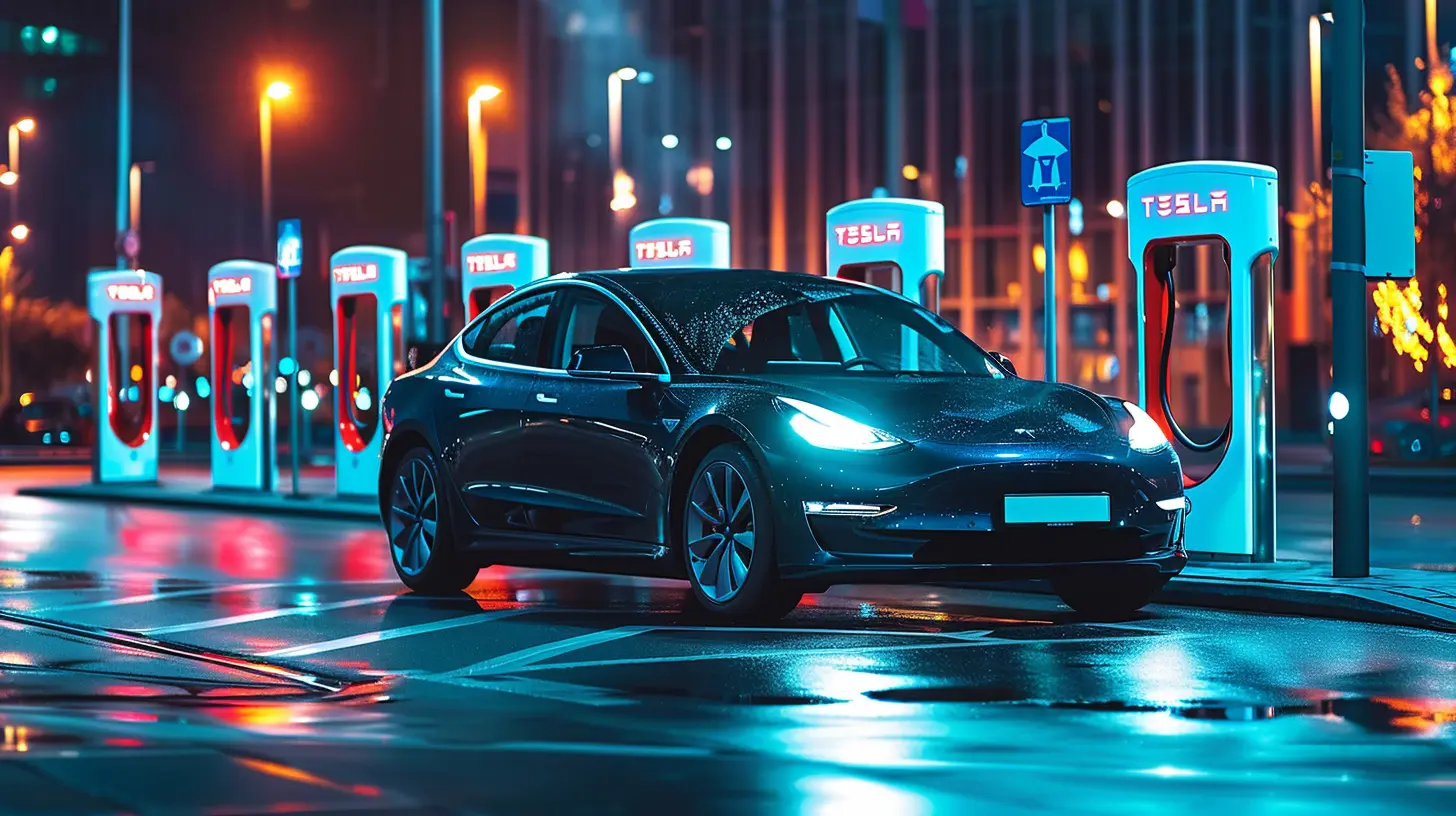
Solid-State Batteries: The Future is Solid
Let’s talk about the belle of the EV battery ball—solid-state batteries. You've probably heard the buzz. These next-gen batteries swap out the liquid electrolyte for—yep, you guessed it—a solid one.Why all the hype?
Here’s what makes them awesome:
- Higher energy density: More power in a smaller package.
- Faster charging: We're talking minutes, not hours.
- No more thermal runaway: That’s a fancy way of saying way fewer fires.
Companies like Toyota and QuantumScape are investing billions into making solid-state batteries a commercial reality. The kicker? They’re still working on scaling them for mass production. But once they crack that code, it could be a game-changer.
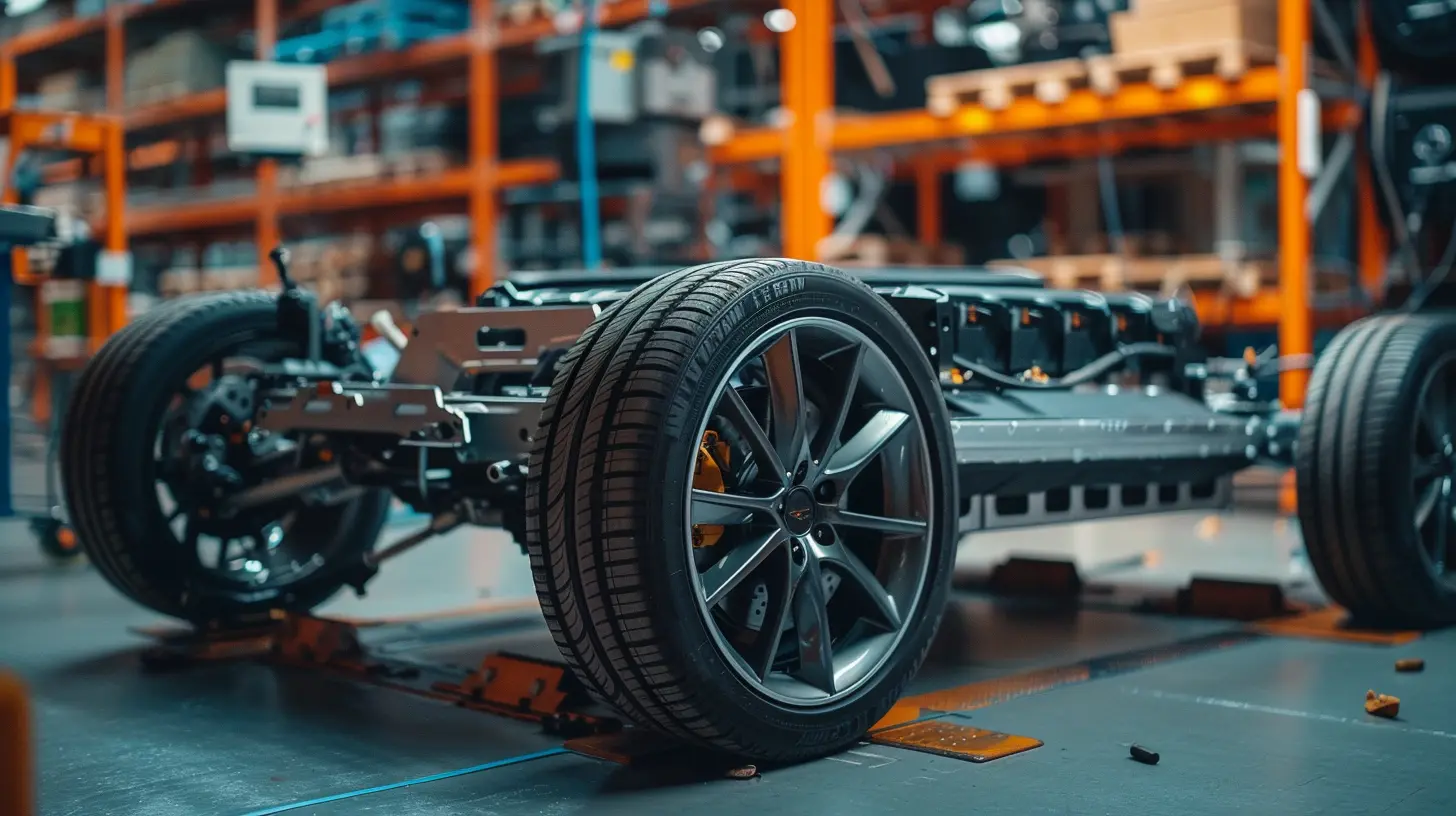
Silicon Anodes: Supercharging Lithium-Ion Batteries
Want more range without completely reinventing the wheel? Enter silicon anodes.Traditional lithium-ion batteries use graphite anodes, but by replacing them with silicon, you can significantly boost energy density—think up to 20-40% more range. And who doesn’t want that?
Here’s the catch: silicon expands…a lot. Like, 300% a lot. That causes the battery to break down faster. But thanks to innovations in nanostructuring and polymer coatings, companies like Sila Nanotechnologies are finding clever ways to make this work.
The result? EVs that go further on a single charge without a full-on battery revolution.
LFP Batteries: Cheaper, Safer, Smarter?
LFP (Lithium Iron Phosphate) batteries are making a comeback—and they’re not just for golf carts anymore. Tesla’s already using them in some of their Model 3 and Model Y vehicles.So, what’s the catch with LFPs?
They:
- Don’t pack quite as much energy as other batteries (so slightly less range)
- Are way cheaper and more stable
- Don’t rely on nickel or cobalt
For everyday driving, LFP batteries are super attractive. They might not be the flashiest, but they get the job done—and they do it safely and affordably.
Fast Charging Tech: Powering Up in Minutes
Let’s be real: nobody likes waiting around at a charging station. Innovations in battery chemistry and charging infrastructure are making it possible to juice up your EV in less than 10 minutes—almost like a pit stop.Some of the magic behind fast charging includes:
- Improved thermal management systems (no battery overheating)
- Smart battery packs that can self-balance and optimize charging
- AI-driven algorithms to predict and enhance charging cycles
Companies like StoreDot and Enevate are pushing the boundaries with ultra-fast charging capabilities, aiming for full charges in the time it takes to grab a coffee.
Recycling & Second Life: Because Batteries Deserve a Do-Over
One of the biggest elephants in the EV garage is what to do with old batteries. Just like your phone battery gets weaker over time, so do EV batteries. But that doesn’t mean they’re useless.Here’s where innovation kicks in:
- Recycling: Companies like Redwood Materials are developing processes to recover valuable materials like lithium, cobalt, and nickel.
- Second life applications: Old EV batteries are being repurposed for storing solar power in homes or stabilizing energy grids.
Talk about giving batteries a second chance at life. It's like battery reincarnation—but greener.
Sodium-Ion Batteries: Salty but Sweet?
Imagine building batteries without using lithium at all. Sounds wild, right? That's where sodium-ion batteries come into play.They're still in the early stages, but here’s why they’re getting attention:
- Sodium is super abundant and cheap
- These batteries work well in colder climates
- They’re environmentally friendly
CATL, one of the world’s biggest battery makers, is already rolling out its first-gen sodium-ion batteries. The trade-off? Lower energy density. But for short-range EVs or hybrids, they could be the perfect fit.
Wireless Charging & Battery Swapping: The Convenience Factor
Nobody likes fiddling with cables, especially when it’s rainy or freezing outside. That’s where wireless EV charging steps in—just park your car over a pad and let it charge. It’s like wireless charging for your phone, but much cooler.On the flip side, battery swapping is another hot idea. Companies like NIO are already making this work in China. Drive in, robot swaps your empty battery with a full one in under five minutes, and you're back on the road. No waiting. No cords. Pretty slick.
AI-Powered Battery Management: Brains Meet Brawn
Today’s EV batteries are way more than just hunks of chemical energy. With AI and smart software, they’re becoming smarter, safer, and more efficient.Modern battery management systems (BMS) can:
- Predict degradation before it happens
- Optimize energy usage based on your driving habits
- Balance battery cells on the fly for maximum performance
Think of it like having a little genius co-pilot inside your battery, constantly working to make your ride smoother and longer-lasting.
The Role of Startups in Battery Breakthroughs
Big names like Tesla and BMW get a lot of the press, but don’t sleep on startups. Tiny companies with big ideas are often where the real magic happens.Keep an eye on names like:
- QuantumScape (solid-state batteries)
- Sila Nanotechnologies (silicon anodes)
- StoreDot (ultra-fast charging)
- Ampcera and Solid Power (solid-state tech)
These innovators are less bogged down by legacy systems and more willing to take risks that could turn the industry on its head.
Government & Global Support: Charging Up the Ecosystem
Battery innovation isn’t just about science—it’s also about policy. Governments worldwide are pouring funds and policy support into EV infrastructure and battery research. This includes:- Tax incentives for EVs
- Grants for battery R&D
- Mandates phasing out fossil-fueled cars
The U.S., Europe, and China are all investing heavily in making battery innovations more mainstream. That means more charging stations, better technology, and faster advances.
What the Future Looks Like
So what’s coming down the road?Picture this:
- Solid-state EVs with 500+ mile range
- Charging times under 10 minutes
- Batteries that last for a million miles
- Cars that charge themselves wirelessly while driving on smart roads
Yeah, it all sounds sci-fi right now, but the pace of innovation is blazing fast. With dozens of companies and countries investing in battery tech, we’re not just looking at a better EV—we’re looking at a smarter, cleaner transport future for everyone.
Whether you're thinking of buying an EV or just a tech geek who loves keeping tabs on the latest trends, one thing’s for sure—the battery revolution is just getting started. So keep your eyes on the road ahead, because the future is electric, and it’s coming in hot.
all images in this post were generated using AI tools
Category:
Electric VehiclesAuthor:

Vincent Hubbard
Discussion
rate this article
1 comments
Soleil Wright
This article provides an insightful overview of recent advancements in electric vehicle battery technology, highlighting breakthroughs in energy density, charging speed, and sustainability. These innovations are crucial for enhancing EV performance, reducing costs, and promoting widespread adoption in the future.
October 16, 2025 at 10:41 AM

Vincent Hubbard
Thank you for your feedback! I'm glad you found the article insightful and that it highlights the importance of these advancements for the future of electric vehicles.
